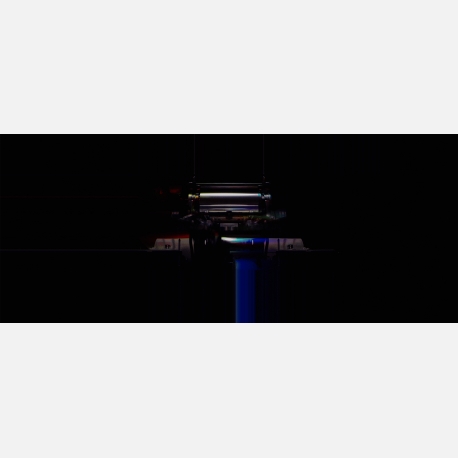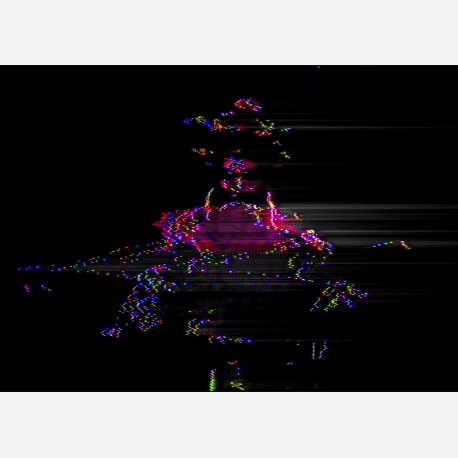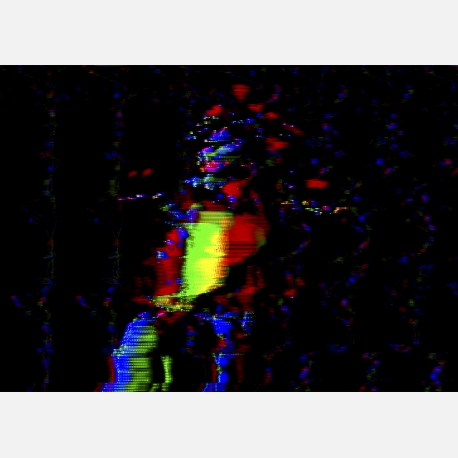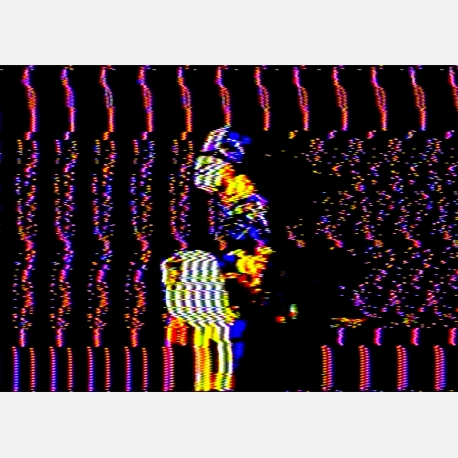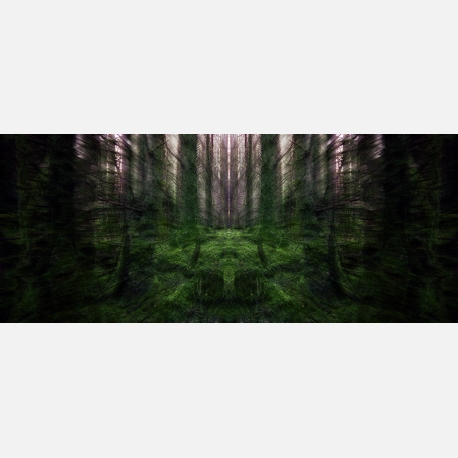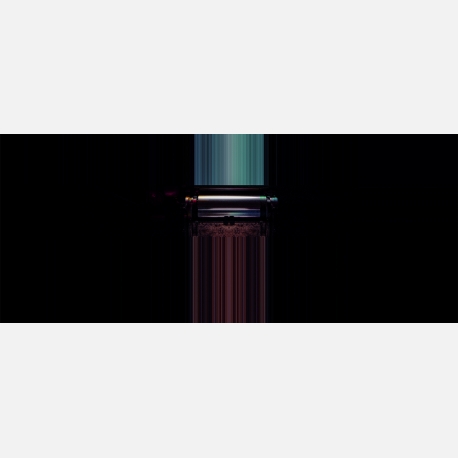- 资质:
- 评分:
1分 2分 3分 4分 5分 6分 7分 8分 9分 10分 7分
- 印象:
- 经营时间:10年
- 展厅面积:110平米
- 地 区:国外-德国
坐太空船的人 [TAIKONAUT]
- 展览时间:2018-04-20 - 2018-06-01
- 展览城市:国外-德国
- 展览地点:Koppenplatz 5 10115 Berlin
- 策 展 人:
- 参展人员:
展览介绍
柏林候鸟空间荣幸的推出呂思斯个人首展,[TAIKONAUT]坐太空船的人。 此次展览将展示艺术家模拟/数字化時代(The Age of Digital / Analogue)以及㸚(li)系列最具代表性的视觉及声音作品。
呂思斯的模拟/数字化時代(The Age of Digital / Analogue)系列作品是他的繁复巨制the Age of digital的一部分。The Age of Digital创作于2011至 2013年间,是思斯对工业时代的历史反思, 此项目共有9个部分,分别为打印机、织布机、照相机、蒸汽机等工业时代的断代标识以及由于工业发展而消失并又重现的威尔士森林组成。对于这段历史,思斯有他独特的史诗般的理解,宏大、悲壮。如同乘坐太空船遨游在历史中的未来人,混沌+技术+浪漫主义的交叉融合。 在工业时代之后思斯将热情投入了更大的历史人文艺术主题。
数字视听作品Li 㸚 创作于2017年,并于同年在北京及上海的美术馆项目与公众见面。艺术家通过京剧与电子乐的跨界将东西方的视觉及听觉经验打碎以数字模拟重组,呈现出绚烂瑰丽的视听景观。
呂思斯的创作从工业到自然再回到人文,浪漫主义贯穿始终。他并不仅仅是被感官所惑的艺术家。思斯独特的宏大叙事逻辑与向往,以及他赋予想象力的划定东西文化的交织并在空间与时间上予以勾连,神秘且恰如其分的强调了浪漫主义在技术中的魅力。 作品中无数细小的洞见组成启示之环,并最终留存为过去、现在和将来的启示。他的数字浪漫主义拥有独特质感的渴望与梦想。 它还是一种姿态、一种隐喻和一种全方位的操练,如用新的灵魂和躯体通过视听的通道在时代间游走。 虽然技术时代与浪漫主义之间的问题并未解决,因为其精神是含混的,我们似乎试图打破并保存同一个东西或物质,但是思斯对这个难题做出了出色的尝试。 本次展览将展示13件动态及静态的数字艺术作品,它们是呂思斯借由数字视听媒介对过去与未来的考古及探险。
注;TAIKONAUT, 它是汉语拼音“太空”(taikong)和希腊词“nautēs”(航行者)组成。西方媒体越来越多地用这个新词来称呼中国航天员;这个诞生不久的英语单词已被收入主流英语词典中。
Migrant Bird Space Berlin is delighted to announce [TAIKONAUT], a new solo show by Lu Sisi that brings key visual and sonic works from the artist’s The Age of Digital / Analogue and 㸚 (li) series together under one roof.
The Age of Digital / Analogue is a series forming one of the nine parts of Lu Sisi’s monumental epic The Age of Digital. Lu’s 2011-13 epic offers a historical reflection on the industrial revolution, its parts ranging from epoch-marking new industrial technologies such as printing presses, weaving looms, cameras and steam engines to the Welsh forests once lost to industrialisation but now regrown. Lu Sisi’s visionary treatment of this history rivals an epic poem, majestic in its endeavour and pathos. Like a taikonaut from the future who roves back through history, it fuses and intersects chaos, technology and romanticism.
Lu Sisi shifts his unique gaze from the industrial revolution to a broader theme in history and human creative endeavour in li 㸚 (2017). A digital audio-visual creation already experienced by museum-goers in Beijing and Shanghai, this is a cross-genre exploration, by way of Peking opera and electronic music, that reassembles shattered fragments of the Eastern and Western visual and auditory experiences in digital and analogue form into a lustrous audiovisual tapestry.
From industry to nature and back to human culture, Lu Sisi’s romantic sensibility informs his entire œuvre. Far more than an artist in thrall to the senses, Lu Sisi adds overarching narrative logic and ambition, creates warp and weft between Eastern and Western cultures, and draws threads across space and time; dreamily but deftly, he foregrounds the charm of romanticism within technology.
Innumerable scintillae of insight form a circle of enlightenment, crystallising as lessons in the past, present and future. Lu Sisi’s digital romanticism betrays a dream – a yearning – of unique texture. His is a stance, an allusion, an all-encompassing discipline, as if he took on a new body and soul to wander between the ages through audiovisual pathways.
Whereas the tension between the technological era and romanticism remains unresolved, and its higher meaning remains too hard for us to grasp, leaving us trying both to break down and to conserve them like things or substances, Lu Sisi offers an excellent sword to this Gordian knot. The exhibition consists of 13 digital works of art, both dynamic and static, with which Lu Sisi uses digital audiovisual media to unearth the future and teleport to the past.
NB: TAIKONAUT is a portmanteau of the Chinese word taikong (space) and the Greek word naútēs (voyager, sailor). Western media is increasingly accepting of this word for Chinese astronauts, and it is a recent addition to major English dictionaries.

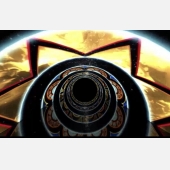 钟飚
钟飚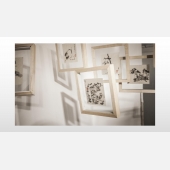 范学宜
范学宜 佚名
佚名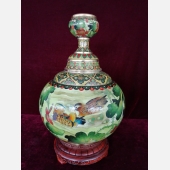 米振雄
米振雄 康蕾
康蕾 陆阳彬
陆阳彬





